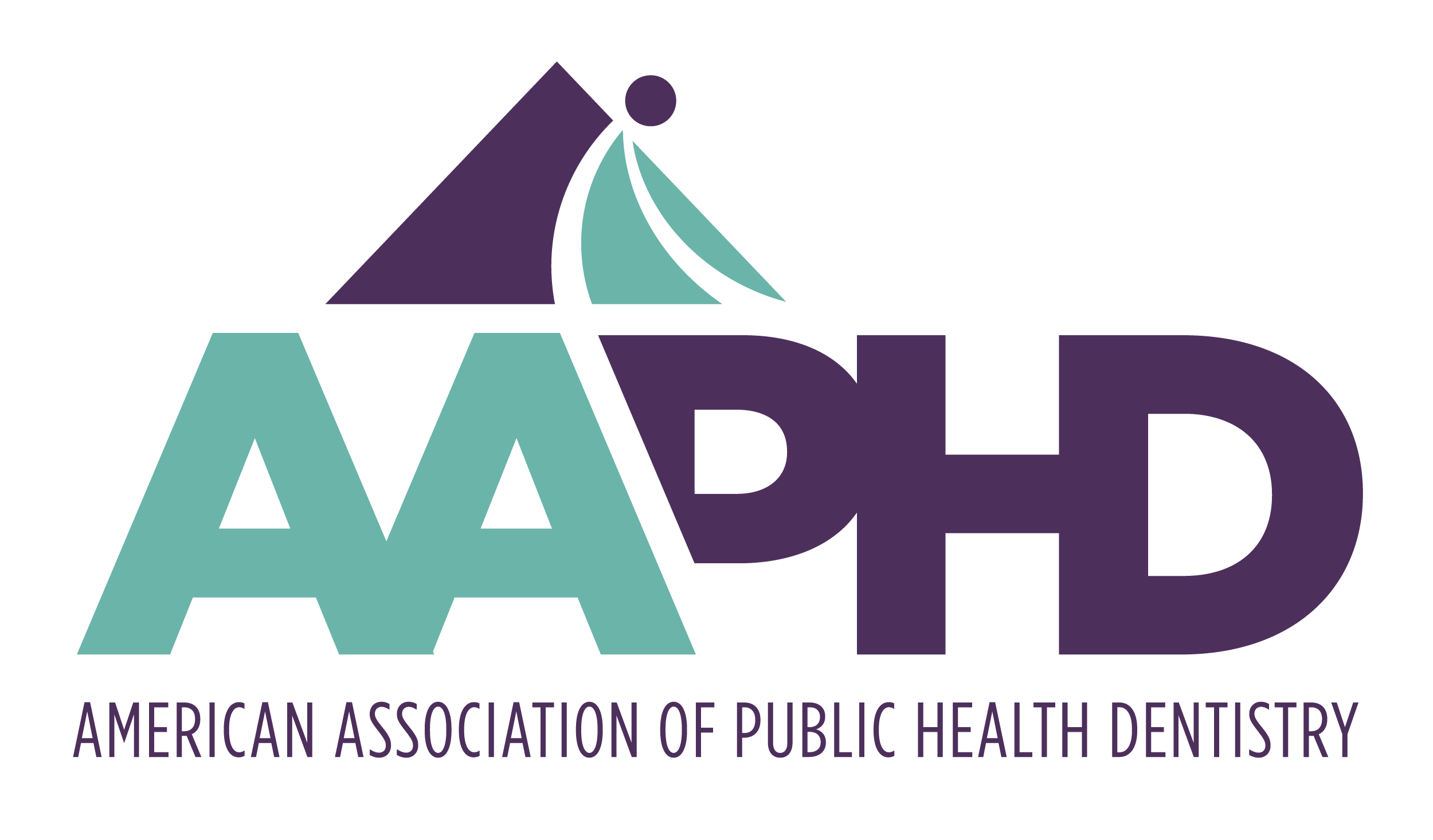- About
- Dental Public Health
- Join
- Attend
- Learn
- Lead
- Recognize
- Students
- Foundation
October EDI Corner - Microaggressions and their impact on health and workforceMicroaggressions are "brief and commonplace daily verbal, behavioral, or environmental indignities, whether intentional or unintentional, that communicate hostile, derogatory, or negative slights and insults to the target person or group."1 The term "microaggression" was first coined in 1978 by Chester M. Pierce to describe subtle insults and dismissals against African Americans.2 In the 21st century, the concept expanded to include any socially marginalized group.3 While microaggressions may appear more subtle than overt forms of discrimination, they are still expressions of racism or discrimination.4 Key themes in microaggressions include assumptions about intelligence or skills, treating individuals as perpetual foreigners, denying differences or lived experiences, and oscillating between invisibility and hypervisibility.1 Sue et al. (2007) classified microaggressions into three main categories, each defined below with examples. Microinsults: Comments or behaviors that convey negative assumptions toward someone's identity or heritage. Often, perpetrators are unaware of the offensive message conveyed. Examples:
Message: Implies they are perpetual foreigners. Microinvalidations: Dismiss or undermine someone's experiences, thoughts, or feelings tied to their identity. Examples:
Message: Invalidates unique lived experiences and challenges faced by people of different races.
Message: Implies her authoritative leadership style is less acceptable than a more traditionally feminine approach. Microassaults: Overt, deliberate discriminatory actions or verbal attacks intended to harm. Also called "old-fashioned" racism, they often involve direct derogations. Examples:
Message: Suggests parents cannot balance children and career success.
Message: Implies the person didn't earn the fellowship based on merit. Impact on Health Outcomes Microaggressions can have significant consequences for both mental and physical health. Dr. Brittany Bryant compares microaggressions to “a death by 1,000 cuts.”5 Repeated exposure to these subtle biases can lead to physical health issues, including high blood pressure, gastrointestinal problems, sleep disturbances, chronic stress, anxiety, depression, and even conditions like post-traumatic stress disorder (PTSD), which disrupts one's ability to function.5 Burnout, often exacerbated by microaggressions in academic and public health settings, can further compound these health issues, especially for those experiencing PTSD and other trauma-related conditions. Moreover, the oral health manifestations of PTSD, such as bruxism, temporomandibular joint dysfunction, and referred upper back pain, are important considerations for dental providers.6 The lack of attention to the emotional toll of microaggressions on professionals in these fields represents a missed opportunity to address how systemic inequities extend beyond patient care to the workforce itself. In healthcare settings, patients who experience microaggressions often develop distrust toward healthcare professionals.7 This distrust can result in delayed care, reduced utilization of healthcare services, and poor adherence to treatment plans. Microaggressions can disrupt communication between patients and providers, leading to misunderstandings, compromised care, and decreased access to culturally competent healthcare. These negative interactions contribute to broader health disparities, perpetuating inequities in healthcare outcomes. Similarly, in the education setting, microaggressions disrupt trust and the psychological safety that students have with faculty, staff, and their fellow students.8 Microaggressions may also be a sign that the climate of the academic institution needs improvement.9 Institutions should consider reviewing their policies regarding microaggressions, reporting processes, and ensuring that there are resources to support people experiencing microaggressions and to discourage people from committing microaggressions. While this content intended to support learning about microaggressions, it is essential to also center the experiences of those receiving them. A more holistic approach is encouraged, ensuring that those affected are not overlooked. Additionally, this invites reflection on whether we, as writers and educators, are the most appropriate voices to tackle these topics, and if we are effectively considering for whom this information is intended. Support strategies for people experiencing microaggressions:10,11
Strategies to reduce microaggressions: 5,12
References
This EDI corner was authored by Sofía Iribarren DDS MS, Julie C. Reynolds DDS MS, Eleanor Fleming, PhD, DDS, MPH, and the AAPHD EDI Committee. |

